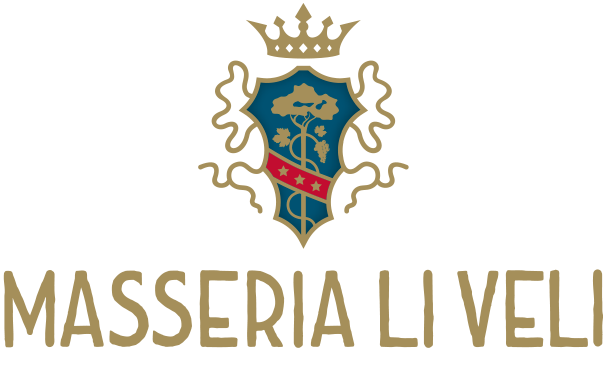A Marquis from the Salento region and an internationally renowned economist, member of Parliament of the Reign of Italy, had a dream of Li Veli which he built and caused to prosper.
The years passed and the dream slowly vanished, almost completely. Then, a century later, a family from Tuscany arrived.
Li Veli was built by the Marquis Antonio de Viti de Marco at the end of the XIX century: in this ancient site, inhabited for millennia, the great economist from Lecce created what would become a model of viticulture for the whole of Apulia. In subsequent years however, the Masseria saw that great dream slowly disappear. It was at the end of the twentieth century, in 1999, that a family from Tuscany arrived, the Falvo family, who had already written one of the most amazing pages in the history of Vino Nobile di Montepulciano and Vin Santo. This family fell in love with the dream of the great economist and decided to buy and renovate the Masseria and to dream again that ancient dream of the Marquis Antonio De Viti de Marco.




